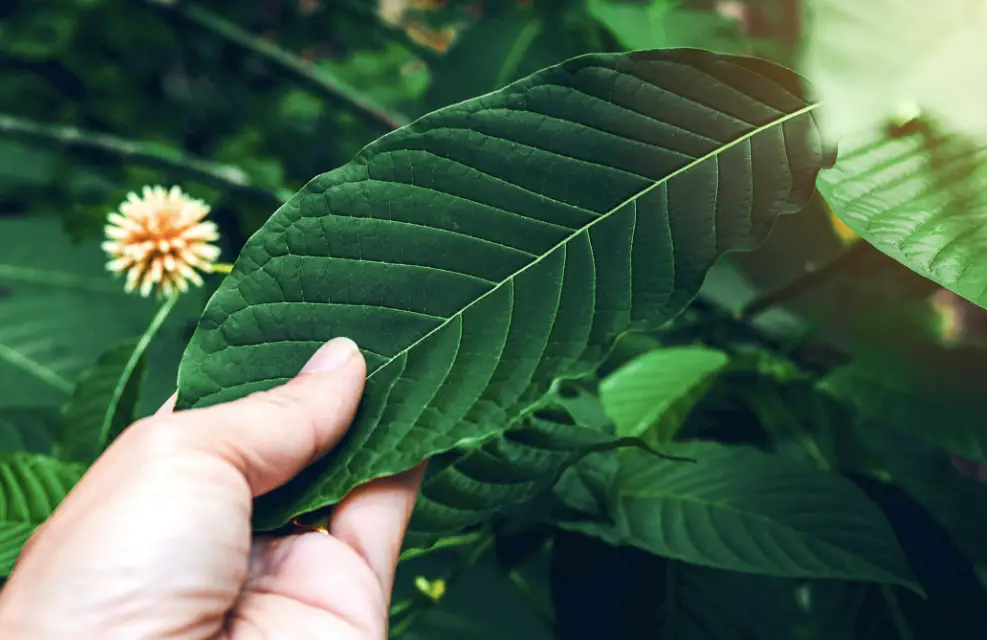Kratom, scientifically known as Mitragyna speciosa, is a tropical tree native to Southeast Asia. Its leaves have been used for centuries for their medicinal properties and cultural significance. In recent years, kratom has gained attention worldwide for its potential therapeutic effects, but understanding its mechanisms of action and effects is essential.
In this blog post, we’ll explore the science behind kratom, including how it works in the body and its various effects.
1. The Key Alkaloids: Mitragynine and 7-Hydroxymitragynine
Kratom leaves contain numerous active compounds, but two alkaloids, mitragynine and 7-hydroxymitragynine, are primarily responsible for its effects. These alkaloids act on opioid receptors in the brain, particularly the mu-opioid receptor, producing analgesic and sedative effects. However, unlike traditional opioids, kratom alkaloids also interact with other neurotransmitter systems, including serotonin and dopamine pathways, contributing to its diverse pharmacological effects.
2. Analgesic Properties: Pain Relief Without Respiratory Depression
One of the most well-known effects of kratom is its analgesic (pain-relieving) properties. Mitragynine and 7-hydroxymitragynine activate mu-opioid receptors in the brain and spinal cord, modulating pain perception and transmission. Unlike traditional opioids, kratom brands do not appear to cause respiratory depression, a potentially life-threatening side effect associated with opioid use. This makes kratom an attractive alternative for managing chronic pain without the risk of respiratory suppression.
3. Stimulant Effects: Energy and Focus Enhancement
In addition to its analgesic effects, kratom can also act as a stimulant, producing feelings of energy, alertness, and focus. Low to moderate doses of kratom are associated with increased sociability, motivation, and productivity, making it popular among individuals seeking a natural energy boost. These stimulating effects are thought to be mediated by the activation of adrenergic receptors and the release of neurotransmitters such as dopamine and norepinephrine in the brain.
4. Sedative and Relaxant Effects: Calming and Anxiolytic Properties
Conversely, higher doses of kratom can produce sedative and relaxant effects, inducing feelings of calmness, relaxation, and tranquility. This sedative effect is desirable for individuals struggling with anxiety, stress, or insomnia, as kratom can promote relaxation and improve sleep quality. The anxiolytic (anti-anxiety) properties of kratom are attributed to its ability to modulate neurotransmitter activity in the brain, reducing feelings of tension and promoting a sense of well-being.
5. Mood Enhancement: Euphoria and Contentment
Kratom is also known for its mood-enhancing effects, with many users reporting feelings of euphoria, contentment, and optimism after consuming it. These mood-lifting effects are thought to result from the release of endorphins and other feel-good neurotransmitters in the brain, as well as the modulation of serotonin receptors. Kratom’s mood-enhancing properties make it appealing for individuals seeking relief from symptoms of depression, low mood, or emotional distress.
6. Potential Side Effects and Risks
While kratom offers potential therapeutic benefits, it is not without risks. Common side effects of kratom use include nausea, vomiting, dizziness, constipation, and dry mouth. High doses of kratom can lead to sedation, respiratory depression, and even overdose, particularly when combined with other substances. Long-term use of kratom may also lead to dependence, tolerance, and withdrawal symptoms upon cessation. Additionally, the purity and quality of kratom products can vary, raising concerns about contamination and adulteration.
Conclusion: The Complexity of Kratom’s Effects
In conclusion, kratom’s effects are complex and multifaceted, influenced by its active alkaloids and interactions with neurotransmitter systems in the brain. From analgesia and stimulation to sedation and mood enhancement, kratom offers a diverse range of effects that make it appealing for various therapeutic purposes.
However, it’s essential to approach kratom use with caution, understanding its potential risks and side effects. By staying informed and mindful of dosage and frequency of use, individuals can maximize the potential benefits of kratom while minimizing potential harm.


















